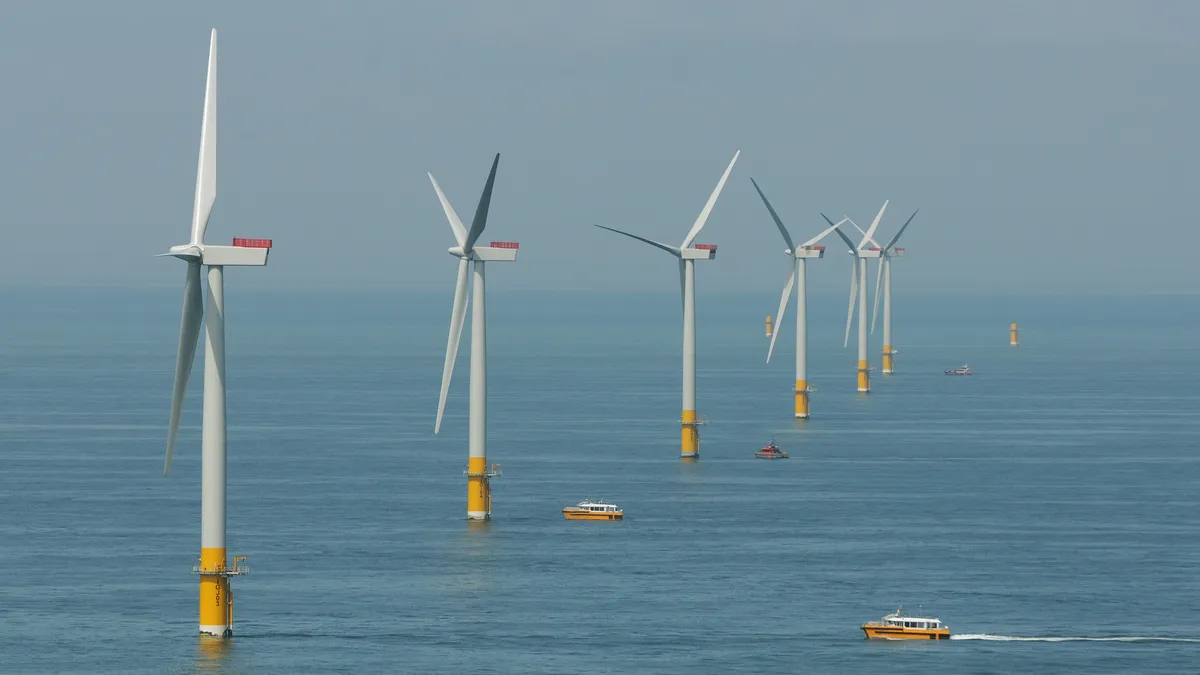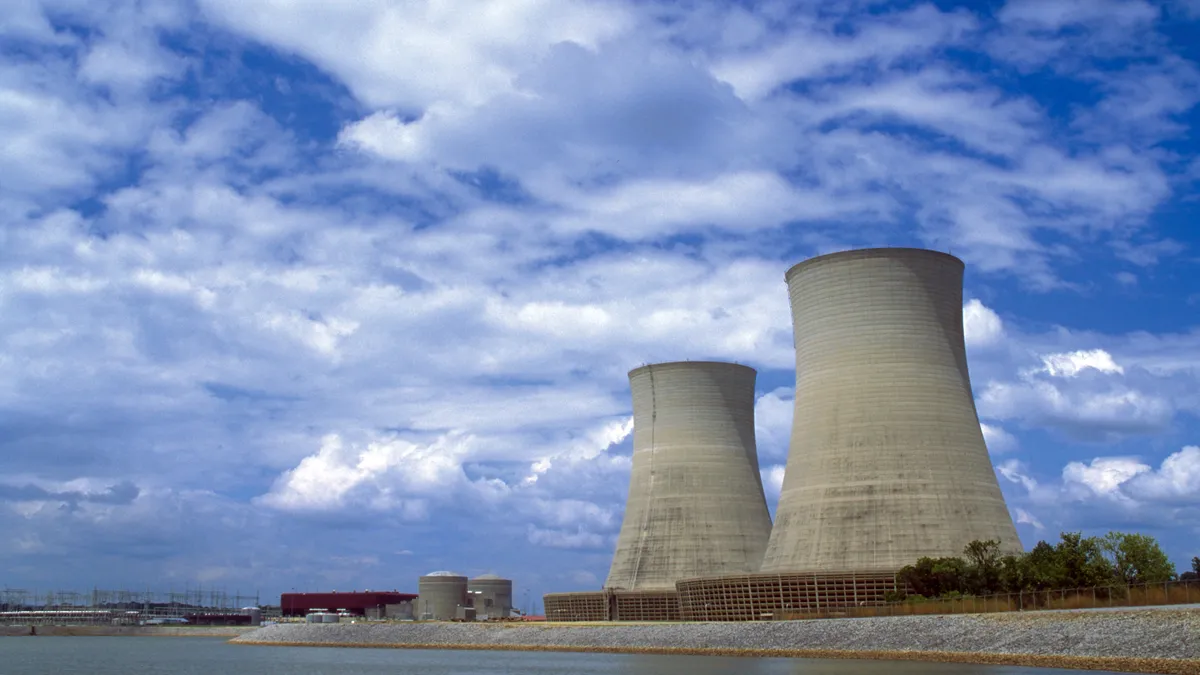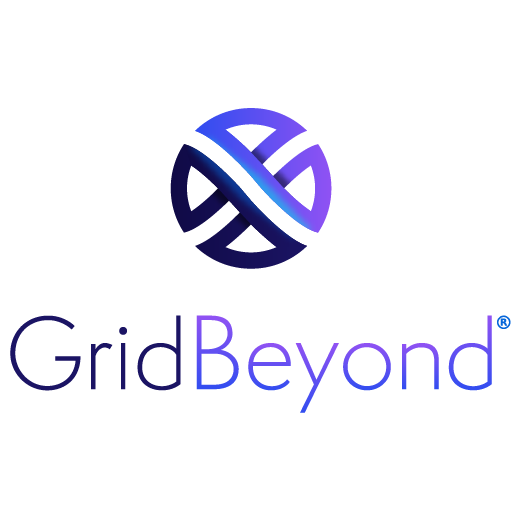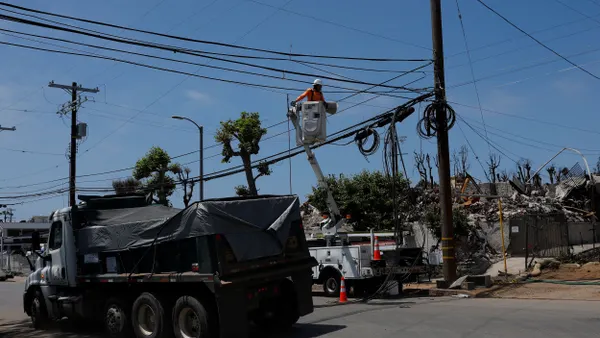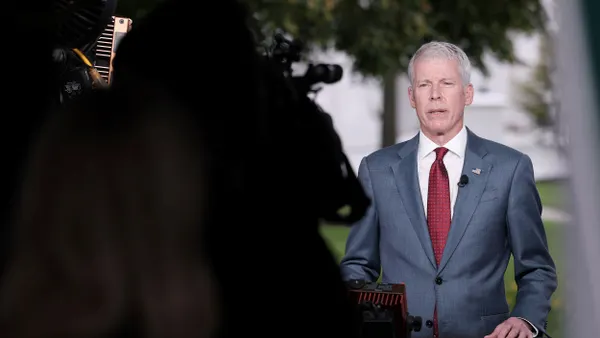Dive Brief:
- Pairing offshore wind with long-duration liquid air energy storage technology could help reduce curtailment of wind and increase its productivity, according to a recent analysis from Highview Power and Ørsted.
- The two companies conducted an analysis of the technical performance of the technologies, planning approvals needed to construct them, as well as a market plan. The findings of the analysis will be incorporated into a long-duration energy storage consultation process conducted by the United Kingdom government.
- So far, shorter-duration lithium-ion batteries have been commonly paired with renewables like solar to help smooth out electricity supply. But as the U.S. grid becomes more decarbonized, longer duration storage will become increasingly important, according to Gabe Murtaugh, director of markets and technology at the LDES Council.
Dive Insight:
Highview Power’s liquid air energy storage provides storage capabilities that start at six hours and can go up to several weeks, according to the company. it uses renewable energy to refrigerate fresh air and store it as a liquid. On the flip side, the technology converts the liquid air back to clean energy when needed on the grid.
Highview Power and Ørsted announced their collaboration in April, looking to see how the former’s storage technology could pair with the latter’s wind technology to build a stronger investment case for offshore wind projects. The findings will be sent to the U.K. government. One estimate suggests that the U.K. will need up to 100 GWh of energy storage by 2050 to meet clean energy goals.
“The successful co-location of Highview Power’s liquid air energy storage with Ørsted’s offshore wind offers a step forward in creating a more sustainable and self-sufficient energy system for the UK,” Richard Butland, CEO of Highview Power, said in a statement.
Highview Power management was not available to comment about the study.
In the U.S., offshore wind is a relatively nascent industry but one that could provide large amounts of clean energy to the grid. The National Renewable Energy Laboratory estimates that the country has an offshore wind technical resource potential of more than 4,200 GW of capacity.
The Biden administration, meanwhile, is looking to deploy 30 GW of offshore wind by the end of this decade. Nine offshore wind leases went into effect in 2022; last year, the Bureau of Ocean Energy Management held its first lease auction in the Pacific Ocean, as well as six new lease areas in the New York Bight.
Pairing energy storage with offshore wind — as well as regular wind generation — can make a lot of sense, Murtaugh agreed.
“You’ve got wind blowing at certain times of day and not blowing at other times of day, and you’ve got wind that’s oversized compared to the transmission capabilities you’ve got. It’s going to make sense to use storage resources to smooth that wind out… and move it to the times of day you want to consume it,” he said.
Clarification: We’ve updated this story to clarify Highview Power’s availability to comment on the report.



